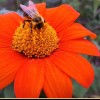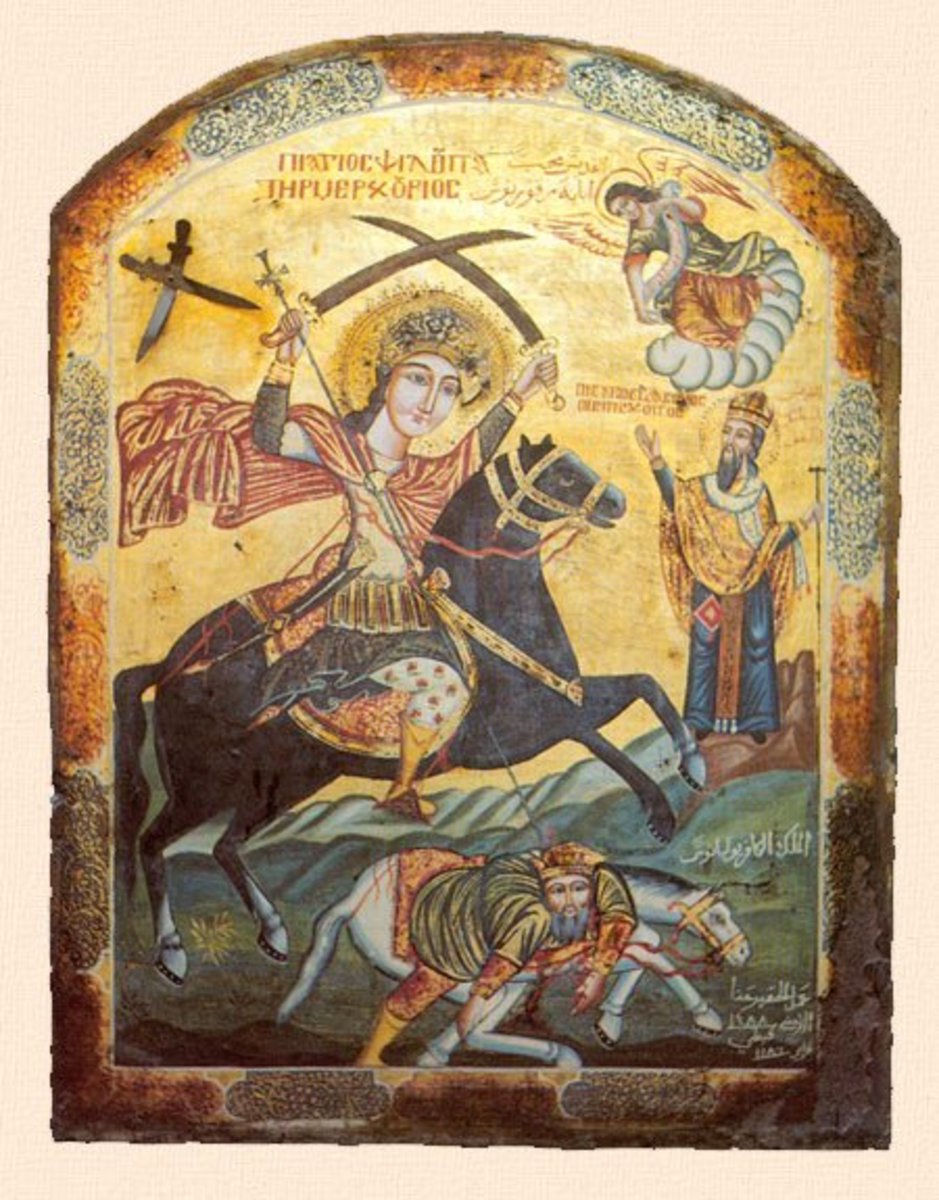Interesting Facts about Benedict XVI, Electing a New Pope, and the Papacy
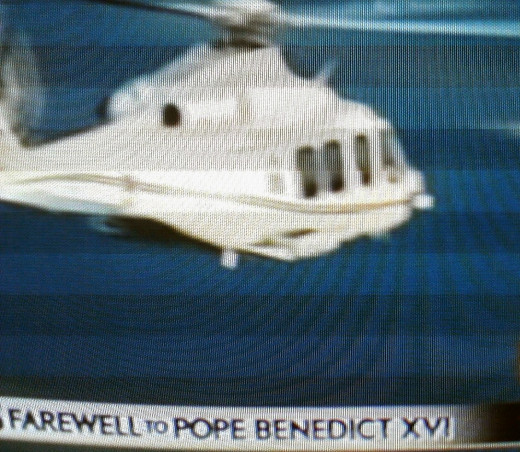
With the resignation of Pope Benedict XVI on February 28, 2013, the spotlight shines on Vatican City, Rome as they begin the process of electing a new pope. Here are some enlightening and interesting facts about Benedict XVI, the election process, and the papacy.
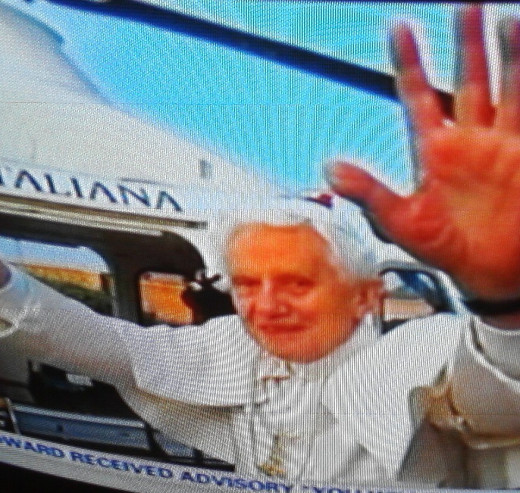
About Benedict XVI
- Benedict XVI was the 265th pope.
- He is the first pope to resign in almost 600 years.
- During this time of Sede Vacante, Latin for vacant seat, the papal tiara in the pope’s coat of arms is replaced by a little umbrella called ombrellino or umbraculum.
- Benedict’s ring and seal will be slightly defaced, he will trade in his red Prada shoes for brown ones, and his uniform will be white cassocks.
- From now on his title will be “Pope Emeritus.”
- The Swiss Guards are no longer obligated to protect him.
- He will reside at the Castel Gandolfo, the papal summer residency, until his apartment in Rome is ready. He will be cared for by a group of German nuns.
- Benedict XVI will not vote in the conclave.
Pope in general
- The word pope comes from the Latin papa or Greek pappas meaning father.
- The pope is given many titles and names: Pontifex Maximus, the Holy Roman Pontiff, Vicar of Christ, Successor of Saint Peter, Servant of the Servants of God, head of the College of Bishops, head of the state of Vatican City, and the Bishop of Rome.
- Saint Peter, one of Jesus’ 12 apostles, is considered the first pope, based on the Gospel of Matthew 16:18-19. It is believed he established the first church in Antioch known today as Turkey.
- The second pope was Saint Linus of Tuscia (now Tuscany, Italy). He led in 64/ 67 to 76/ 79 AD. The third was Saint Anencletus or Cletus of Rome. His “reign” was 76/ 79 to 88/ 92 AD.
- Evidence suggests that there were three African popes, but no one is certain of their race.
- The pope is considered infallible.
- In the church’s early history (Middle Ages, in particular: The Borgias of 15th -16th century), popes were involved in politics, wars, other forms of violence, and scandals.
- The pope’s current roles include spiritual leader of the Catholic Church (1.2 billion Catholics), and administrator of the papacy; only he can change/ revise the church’s theology, canonize saints, beatify the blessed, appoint cardinals and bishops, and create dioceses.
- Regular uniform for the Pontiff: white hooded cape (mozetta), white skullcap (zucchetto), red shoes, a woolen sash (pallium) hanging down the front and back of the liturgical dress, gold cross, and a personalized Fisherman’s ring which is destroyed when he dies (added in 13th century to honor Saint Peter who was a fisherman). Since the end of the18th century, the pope’s clothing has been made by Gammarelli of Rome.
- The pope was originally chosen by senior religious leaders (bishops, priests, etc.) from areas in and around Rome. But in 1509, the privilege was given exclusively to ordained bishops or cardinals of the Holy Roman Church as it was called.
The Election of the Pope, and the Papacy.
- The maximum number of cardinals permitted to be part of the papal conclave to elect a new pope is 120. Though 117 cardinals are eligible today, only 115 will be participating because of one resignation and one illness.
- Members of the College of Cardinals who partake in elections must be younger than 80 years.
- The conclave convenes in the Sistine Chapel, and takes an oath of secrecy about the process on their first day. Violations result in immediate ex-communication.
- On a piece of paper that has the Latin version of “I elect as supreme Pontiff _____,” each cardinal fills the blank with his choice. He then folds the paper, takes it to the altar, holds it up for the rest to see, places it on a plate (paten), then slides it into a chalice.
- For a cardinal to be elected pope, the votes tallied by Cardinal Camerlingo and three assistants, must be two-thirds. If this is not achieved after several tries, election is by majority.
- Once elected, the cardinal must agree with the decision. If he does, he becomes Pontiff Maximus, the Holy Roman Pontiff. If he is not an ordained bishop, he is immediately made one. The rest of the conclave then pledges allegiance to him, he receives his clericals or white uniform, and eventually, the rest of the world is told from the main balcony, “Habemus Papam!” “We have a pope!” (There is of course the white smoke signal prior to this).
- The longest a conclave ever took to elect a pope in the last 200 years is five days.
- Prior to Pope John Paul I, there would have been a Papal Coronation in St. Peter’s Square. The new pope would have been given a tiara, and paraded around on a throne. This ritual is now considered too imperial or regal, and not reflective of a servant’s (of God) position.
- The office of the pope is called the papacy.
- From 1309 to 1377, the papacy led by Clement V, was located in Avignon, France.
- In 1378, Pope Gregory XI moved the papacy back to Rome.
- The Catholic Church has been doing liturgy for at least 2,000 years.
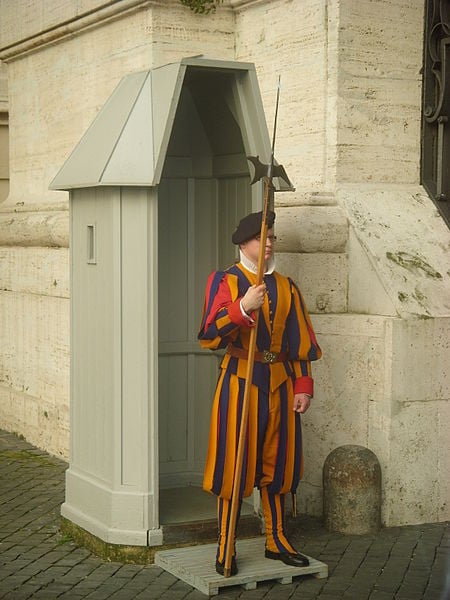
Swiss Guards
-Papal Swiss Guards have been around since 1506, invited to serve by the then Pope Julius II. They are the only soldiers/ mercenaries of this type in existence today.
-Their duty is to protect pope and Vatican, and they are required to take an oath.
- To be a Swiss Guard, you must be Catholic, male, between the ages of 19 and 30, five feet, eight and a half inches tall, have at least a high school diploma, trained in the Swiss military, and be of good moral standing.
- New guards are initiated by ceremony every May 6. Currently, there are 110 of them.
- Since the early 1900’s, their uniform colors have been blue, red, yellow, and orange. Depending on the occasion, it is accessorized with black beret or helmet with crimson plume.
Sources: www.catholic-pages.com: “How is the Pope elected?”
http://abcnews.go.com: “Swiss Guards Central Role in Papal Retirement.”
